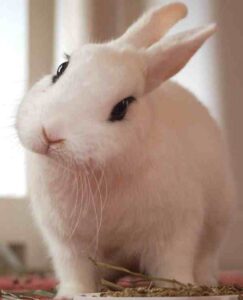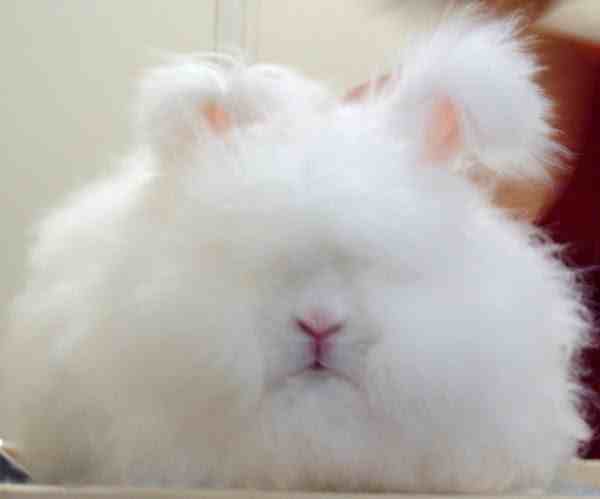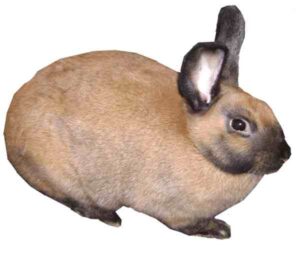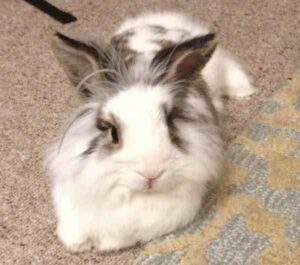Havana rabbit is a very beautiful breed with it’s soft, shiny and rich colored fur coat. The breed is not from Cuba as you might expect from their name. Rather they originated in Netherlands in 1898.
The Havana rabbit breed get it’s name from the fact that the chocolate variety closely resembles the color of the deep brown Havana cigars from Cuba. It is said that ‘the Havana rabbit is the result of a litter born to two non-pedigree rabbits’.
Color of some of the rabbits in this litter were a rich dark brown which was very unusual at the time. Then those kits were crossed with Himalayans and the resulting offspring was crossed back with the original brown buck.
The Havana rabbits were first exported to the Germany in 1907, and reached Britain in the year of 1908. In 1916 they were introduced to the United States, and in Eastern Canada in the 1980s. And England’s National Havana Club was formed in 1920.
The Havana rabbits are recognized by the American Rabbit Breeders Association in four color varieties which are; black, blue, broken and chocolate.
American Rabbit Breeders Association recognized the chocolate variety first in 1916, blue variety in 1960s and the black in 1980s. Broken variety was officially recognized in 2007. Today, the Havana rabbit variety is very popular as show animal and also raised as pets.
Havana Rabbit Characteristics
The Havana is a very beautiful medium sized rabbit breed. The breed has short and round bodies. The ears of the Havana rabbit are short, relatively close together and upright.

The top line of their body is a curve that rises over the hips before rounding down to the tail. True Havana rabbits have short straight legs, a short head with full cheeks and medium sized eyes.
Currently four color varieties are recognized by the American Rabbit Breeders Association. Which are Black, Blue, Broken and chocolate. The average body weight of the Havana rabbit is between 2 and 2.9 kg. Photo from Wikipedia.
Uses
The Havana rabbit is very good and popular as show animal. They are also good as pets, but not recommended for the very small children.
Special Notes
Havanas are known to be one of the most calmest breeds of rabbit. They make ideal pets. But are not recommended for very small children unless they are closely supervised.
Havana rabbits are very affectionate and attention seeking. They are also known for having relaxed and friendly personality. They are lively and attentive without being nervous.
Although some Havanas are semi-aggressive. So it’s important to know the temperament of the parents before buying your Havana. Average lifespan of these rabbits is about 7 to 10 years and sometimes more if properly cared and if kept in captivity. Review full breed profile of this rabbit breed in the chart below.
| Breed Name | Havana |
| Other Name | n/a |
| Breed Purpose | Mainly raised as show animal, also kept as pets. |
| Breed Size | Medium |
| Weight | Average body weight is between 2 and 2.9 kg |
| Suitable for Commercial Production | No |
| Good as Pets | Yes |
| Climate Tolerance | All Climates |
| Color Varieties | Black, Blue, Broken and Chocolate |
| Rarity | Common |
| Country of Origin | Netherlands |






